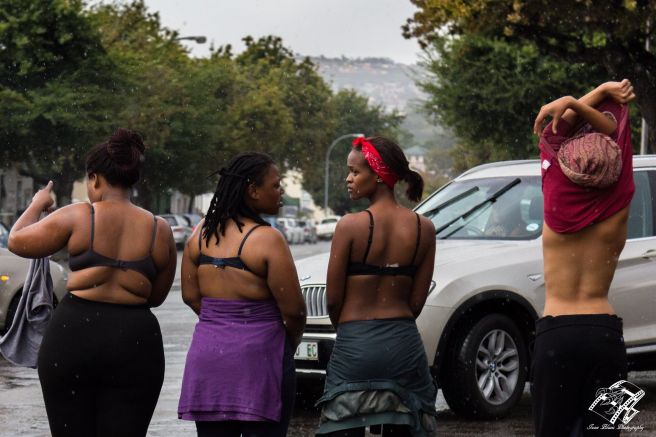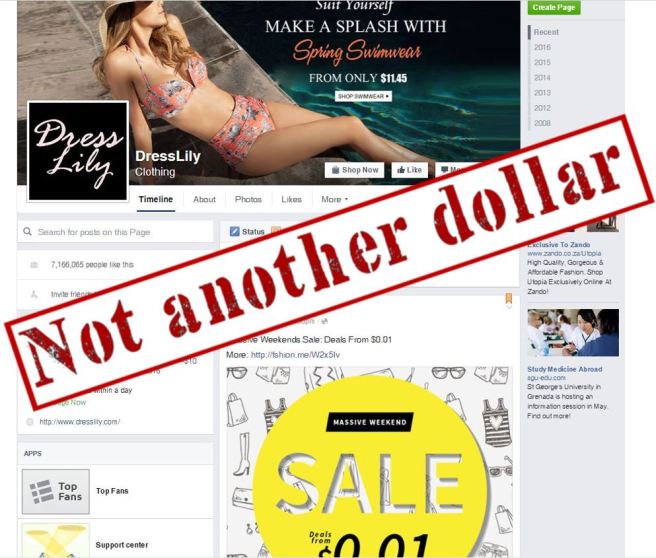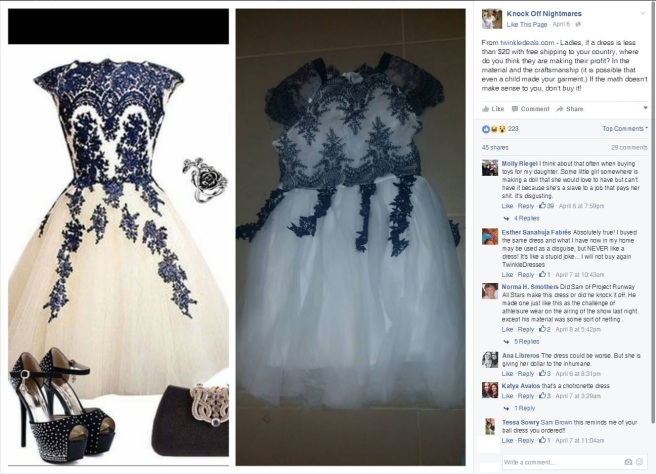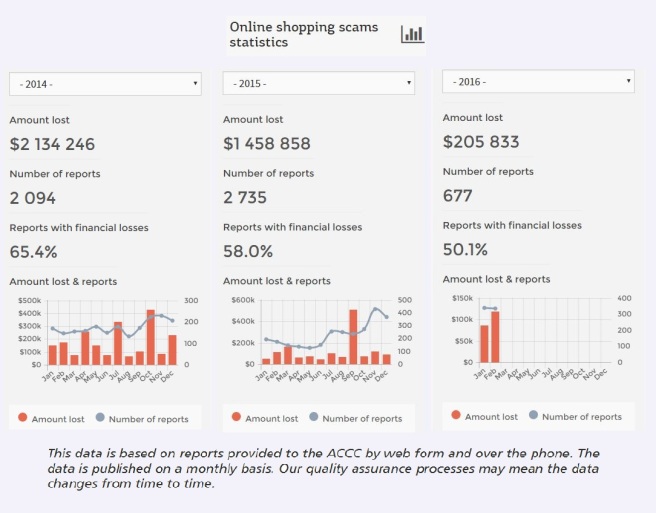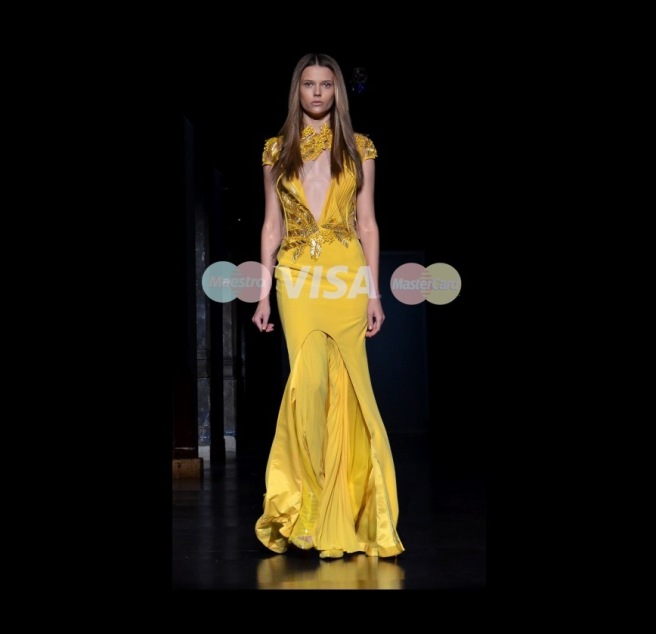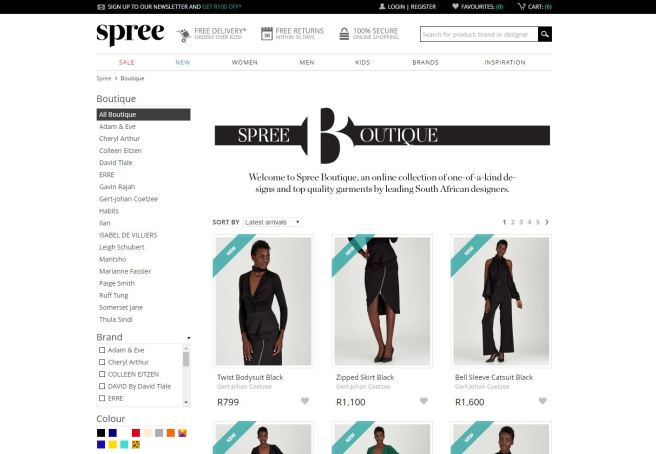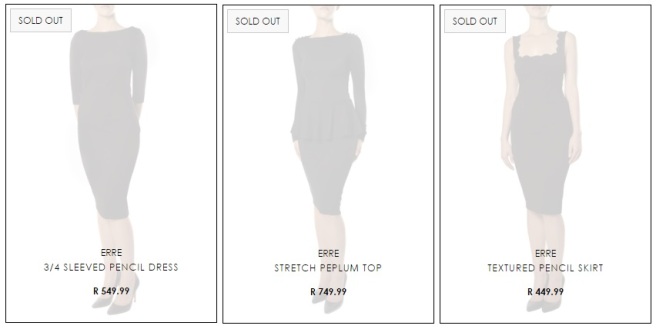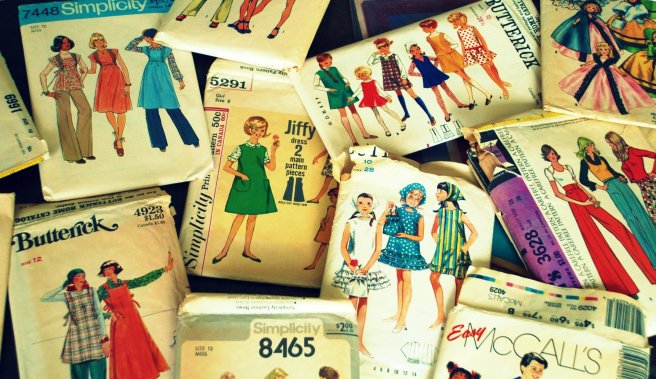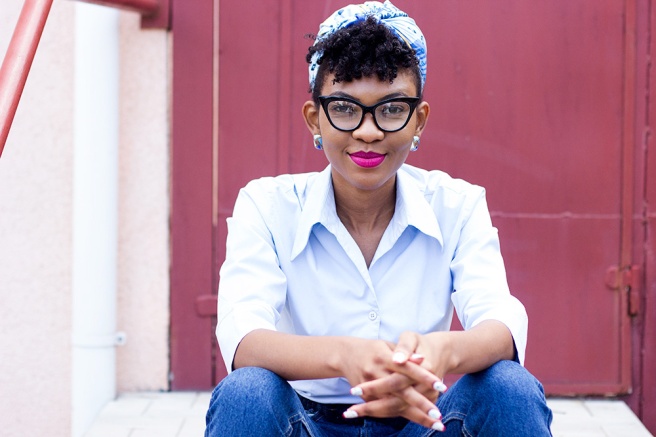For some fashion sketches stay on paper, for others the designs advance to a physical product. Either way this mind blowing invention can be anyone’s new best friend. It’s called the Scribble Pen. Although the name doesn’t scream ‘force to be reckoned with’ after reading this post I’m sure you will agree that this tool is one to have.

Scribble is a pen that absorbs any colour from your surrounding and create the ink colour to draw (or write) with. This all happens in one pen, let me explain. For those who prefer digital the Scribble pen comes in a stylus version. This pen allows you to scan any colour from any product, surface or chart and it instantly reproduces the identical colour to use either on paper or on an electronic device.
How it works
A lot of technical work was involved in making this pen. The Scribble Pen uses a 16-bit RGB colour sensor to absorb various colours. Scribble claims their pen can capture all existing colours on earth. This Pen then renders the colour on paper if you use the ink-based pen, or on a screen if you use the stylus version. If you happen to like any of the colours you can capture them as this Pen can store up to 100 000 shades of colour.
If anyone needs anymore reason to use this Pen there’s an environmental advantage. Because the pen can produce a lot of colours it replaces thousands of colour pens you could be buying, and as a bonus also saves money. The cartridge is refillable you don’t have to throw it away every time the ink runs out. This reduces the huge amount of plastic waste that land up in landfills all over the world.
Main features
- Takes 1-2 seconds to capture colour
- 15 hour battery life
- Compatible with Adobe Photoshop
- Up to 48 km of drawing
- Supports Andriod and iOS
- Refillable ink cartridge
- Connectivity via Bluetooth and USB port
- 1 GB of on-board memory
The Scribble Pen comes in 6 tip sizes which are 0.3mm, 0.5mm, 1.0mm, 1.5mm, 2.5mm and 3.71mm. I also comes in various colours, green, black, blue, silver and white. If interested this pen is available for sale here. The cost of this Pen, for both paper and touchscreen is quite costly, going for R4375,70.
This creative invention takes us back to childhood, it gives us the opportunity to draw with all the colour in the world but still produce amazing fashion illustrations and designs. Except, in this nostalgic moment, it’s 2016 and all this can be done with one pen and there are options to make those drawing pop using CAD programs.



